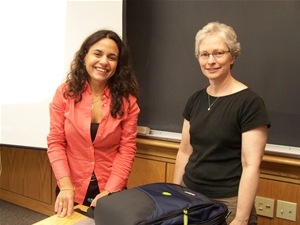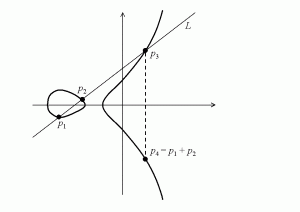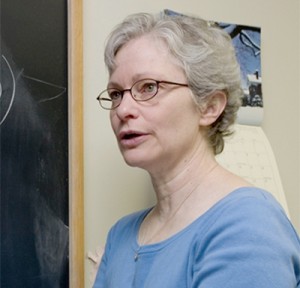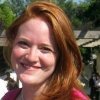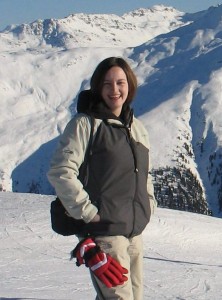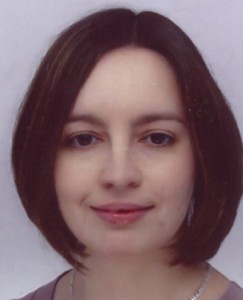Title: Lattice paths between two boundaries
Abstract: Dyck paths are lattice paths with steps N=(0,1) and E=(0,1) starting
at (0,0), ending at (n,n), and never going below the diagonal y=x.
Among the many interesting facts known about Dyck paths, one is that
the parameters ‘number of E steps at the end’ and ‘number of returns
to the diagonal’ have a symmetric joint distribution, meaning that to
each Dyck path we can bijectively associate another one where these
parameters are interchanged.
I will show that this symmetry property applies not only to Dyck
paths, but more generally to lattice paths with N and E steps that lie
between any two fixed boundaries. Finally, I will discuss how these
lattice paths are related to other objects in combinatorics, such as
matroids, semistandard Young tableaux and k-triangulations.
This is joint work with Martin Rubey.
